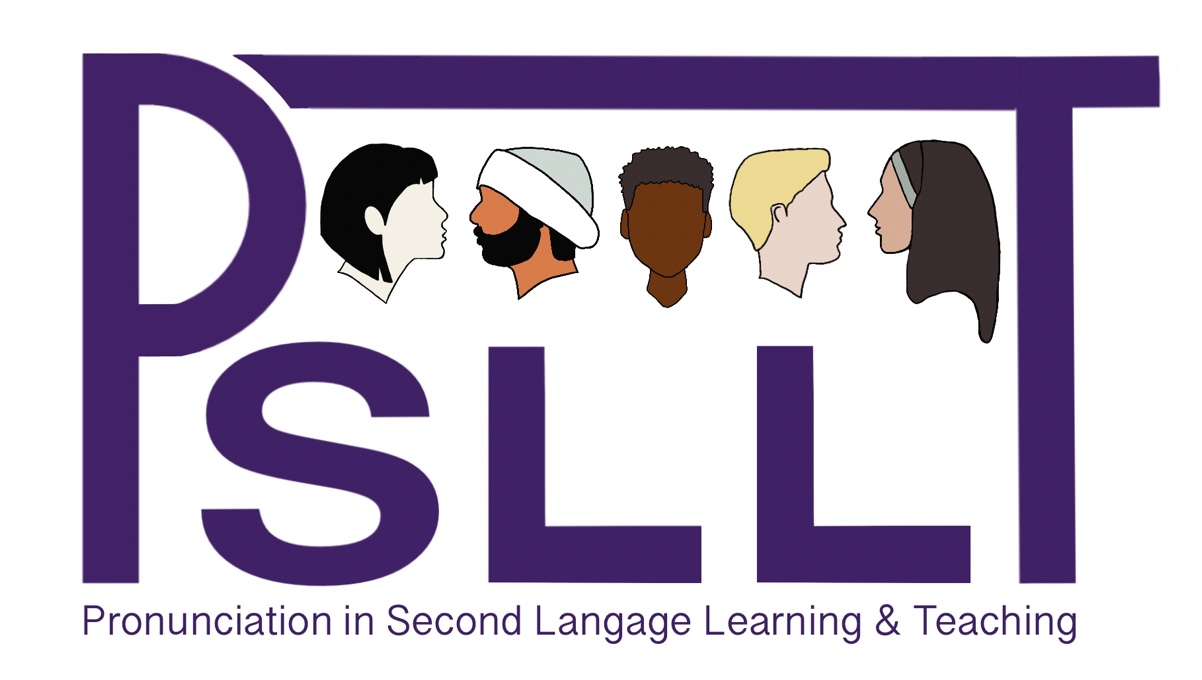Imitation/Self-Imitation in Computer-Assisted Prosody Training for Chinese Learners of L2 Italian
- Anna De Meo (University of Naples “L’Orientaleâ€)
- Marilisa Vitale (University of Naples “L’Orientaleâ€)
- Massimo Pettorino (University of Naples “L’Orientaleâ€)
- Francesco Cutugno (University of Naples “Federico IIâ€)
- Antonio Origlia (University of Naples “Federico IIâ€)
Abstract
Recent studies on L2 acquisition, speech synthesis and automatic identification of foreign accents argue for a major role of prosody in the perception of non-native speech. Research on the relationship between pronunciation improvement and student/teachers’ voice similarities has also shown that the better the match between the learners' and native speakers' voices in terms of f0 and articulation rate, the more positive the impact on pronunciation training. This study investigates the effects of imitation and self-imitation on the acquisition of L2 suprasegmental patterns. Degree of foreign accent, improvements in intelligibility, and effectiveness of communication were measured to determine the success of each technique. For this purpose, a prosodic transplantation technique and a computer-assisted learning methodology were used. The study was conducted with 26 Chinese speakers of L2 Italian. The stimuli used for the pronunciation training consisted of four speech acts (granting, order, request and threat) uttered by the 26 Chinese and two Italian native speakers, and the items necessary for the self-imitation training were obtained through prosodic transplantation, i.e. transferring suprasegmental features from native speakers’ voices to the L2 ones. Chinese students divided into two different groups practiced imitation and self-imitation and the self-imitation impact was evaluated by comparing pre- and post-training performances of both groups. Both teaching strategies promoted an improvement in learners' performances; however, the self- imitation training proved to result in more accurate prosodic realizations.
How to Cite:
De Meo, A., Vitale, M., Pettorino, M., Cutugno, F. & Origlia, A., (2012) “Imitation/Self-Imitation in Computer-Assisted Prosody Training for Chinese Learners of L2 Italian”, Pronunciation in Second Language Learning and Teaching Proceedings 4(1).
Downloads:
Download PDF
View PDF
